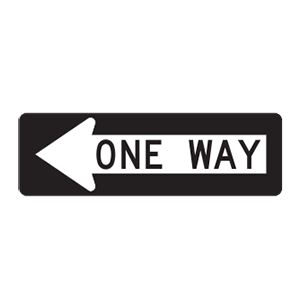2025 Oregon Permit Test 11
The following questions are from real DMV written tests. These are some of the actual permit questions you will face in Oregon. Each permit practice test question has three answer choices. Select one answer for each question and select "grade this section." You can find this button at the bottom of the drivers license quiz. For a complete list of questions and answers for Oregon please visit https://cheat-sheets.dmv-written-test.com/en/oregon/car.
Number of Tests
Number of Question
Passing Score
15. What can you do to avoid the need to make emergency stops while driving in traffic?
Explanation
Keeping a safe following distance will enable you to react to an upcoming problem without the need for a emergency stop, which could cause a driver behind you to crash into the back of your vehicle.
16. Who is required to wear a safety belt while in a moving vehicle in Oregon?
Explanation
Oregon law requires safety belt use by all drivers and passengers, regardless of seating position. Properly fastened safety belts are your best defense in a collision.
17. This sign means:

Explanation
Regulation signs regulate traffic speed and movement, displaying rules which drivers must obey. This sign tells drivers the direction in which they must drive when turning onto a one-way street.
18. Always signal when:
Explanation
Your turn signals should always be used when you make any movement to the left or right. You should use your signal when pulling into traffic from a curbside parking space, moving into a new lane, or passing another vehicle.
19. To prevent hydroplaning, you should:
Explanation
To prevent hydroplaning, you should ensure that the tires on your vehicle have good tread depth and are inflated to the proper pressure. Reduce the speed of your vehicle when driving in the rain. Hydroplaning occurs most frequently at higher speeds.
20. If you miss your exit on an interstate expressway:
Explanation
If you miss your turn or exit, do not back up or try to turn around on the highway. Go to the next exit and safely turn around.
21. Signaling your intentions before turning, changing lanes, or driving away from a curb:
Explanation
